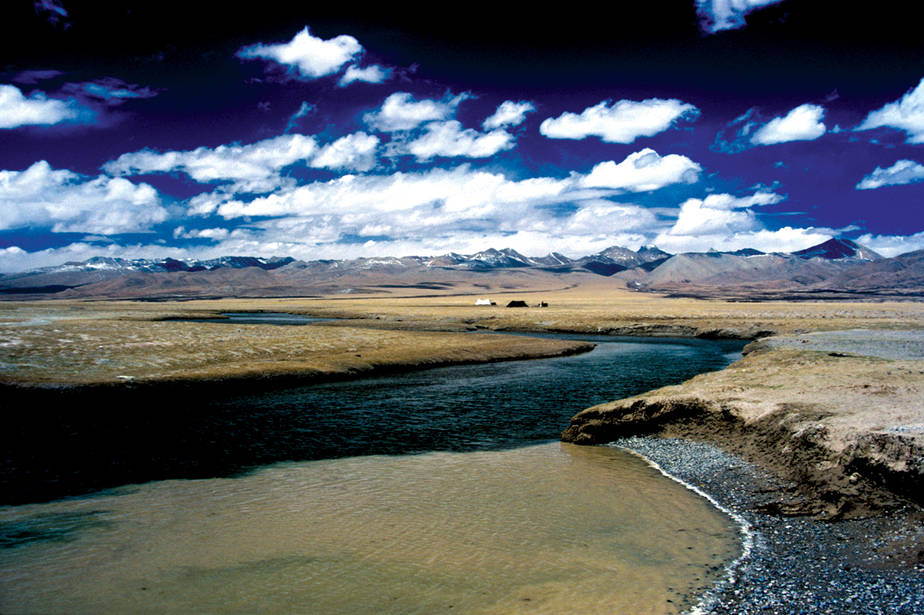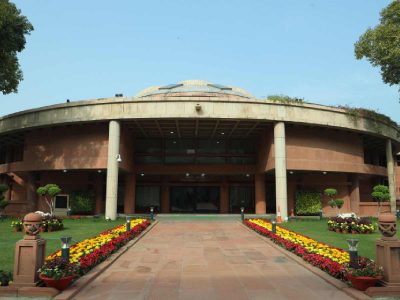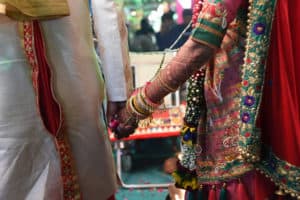Nineteenth century European explorers often set out to find sources of rivers. In India, they were intrigued about the Brahmaputra. Though large swathes of Tibet were mapped, the origin of the river remained an unsolved riddle until an illiterate tailor from Darjeeling who finally solved the mystery.
Stories like these, lost in history, are being brought to the limelight in the third edition of ‘ArtEast Festival’. “The festival is looking at the Brahmaputra, right from the source in Mansarovar to the mouth through various means of poetry, photography and video installations,” says Kishalay Bhattacharjee, the festival curator.
Launched in 2017 by National Foundation for India (NFI), ArtEast is a fringe art festival that brings together emerging and leading local and international artists in all genres of the performing and visual arts. An underlying focus of the festival is on art, history, livelihood, migration, documentation and discussion. The attempt is to present the Northeast region and its neighbourhood from a more contemporary perspective that goes beyond the region and the usual traditional dance and music extravaganza that has been the norm.
The festival takes a deep dive into the source, history, exploration and imagination of the Brahmaputra. Exploring the six life stages of the river, known in different places of its journey as Tsangpo, Siang, Brahmaputra, Jamuna, Padma, and the Meghna, Sumana Roy has curated a selection of poems that are showcased in the exhibition.
One of the most striking works is the video and photography installation that features the boatmen and fishermen who live in the chars of Assam. Through their Bhatiali songs (river song mostly sung by boatmen), cinematographer Parasher Baruah explores their relationship with the river, their struggle for survival and the larger issue of migration and Identity.
Arati Kumar Rao, a National Geographic explorer, has capturing the various aspects of the river by photographing the river’s seasonal cycle, landscapes and people. Along with this there are works of charcoal and ink on paper depicting the biodiversity of the changing river.
A video installation by Apal Singh titled A Bend in the River captures one of the most tumultuous river expeditions in the world. This labyrinthine adventure is captured through real-time footage that takes the viewer through an impossible journey of the Brahmaputra and its sublime relationship with the fragile and the ever-changing human civilisation.
Apart from the exhibition, there will also be sessions with Himalayan and Buddhist scholar Ian Baker, writer Parimal Bhattacharya and mountaineer Harish Kapadia, among others.
One of the festival’s highlights is the traditional tea-tasting sessions. In 1823, the first Assam tea was sent to England for public sale — this led to the Brahmaputra Valley becoming the Empire’s favourite garden. The tea that Europe woke up to was a gift of the Brahmaputra. “Dhurbajit Chaliha, a tea planter from Assam will take one down the river’s tea story and show how to brew the leaves for a perfect cup,” reads a note of the exhibition.
So drop in to be a part of this interesting conversation around Brahmaputra.
The exhibition will be on till March 23 at India International Centre





